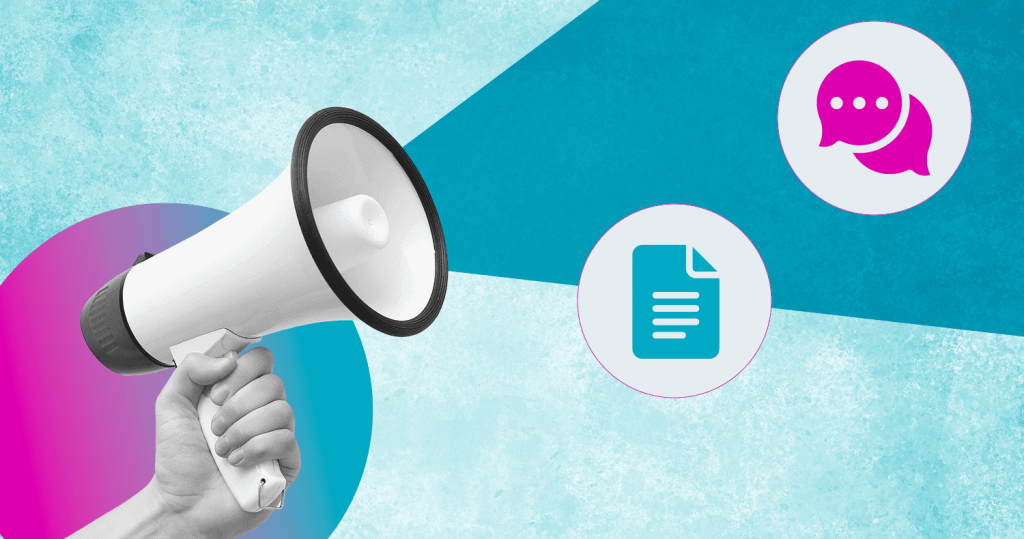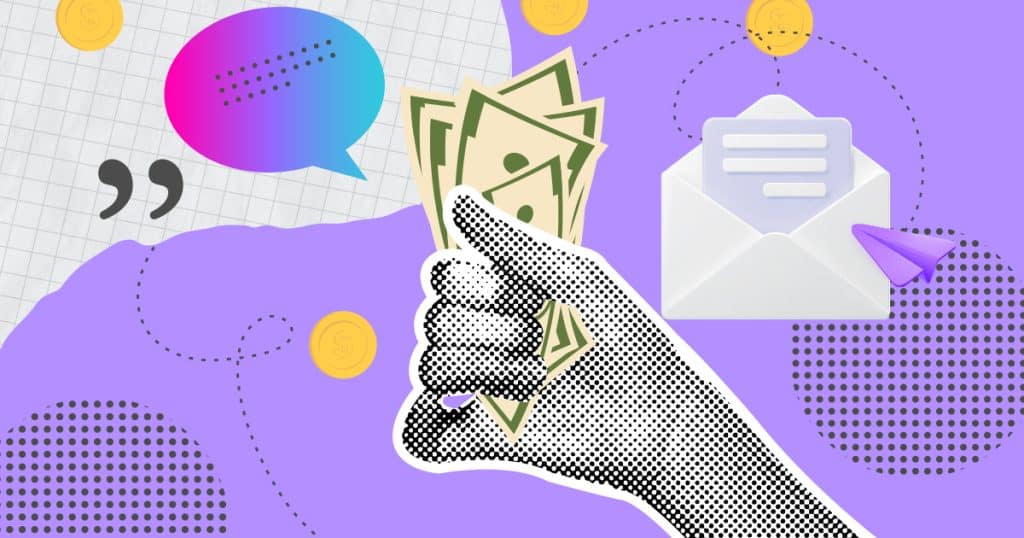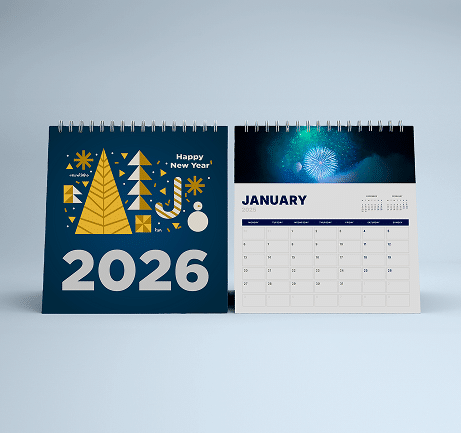In this virtual session, we’ll explain why now is the perfect time to get going with your direct mail loyalty gifting strategy for the 2025 holiday season—and how to do it with a bang. With consumer expectations shifting, mailboxes filling up, and production timelines tightening, brands that want to see some real fireworks this holiday season need to start planning now.
Join us as we look at:
- 2025 Holiday Season Trends: What’s changing in consumer behavior, and how it affects your direct mail approach.
- Creative That Connects: Insights into design, messaging, and items that stand out during this peak season.
- Timeline Matters: A breakdown of everything you need to know to be sure creative, ordering, printing, and mailing all hit at the right moment.
- Tech & Tactics: How to integrate direct mail with digital channels, and personalize at scale.
- Avoiding Pitfalls: Common planning and production missteps to make your holiday marketing less stressful.
You’ll leave with a clear action plan and expert tips to elevate your 2025 holiday loyalty campaigns—and it all starts now.
Bonus: Attendees will receive a downloadable 2025 “Direct Mail Holiday Prep Checklist.”















